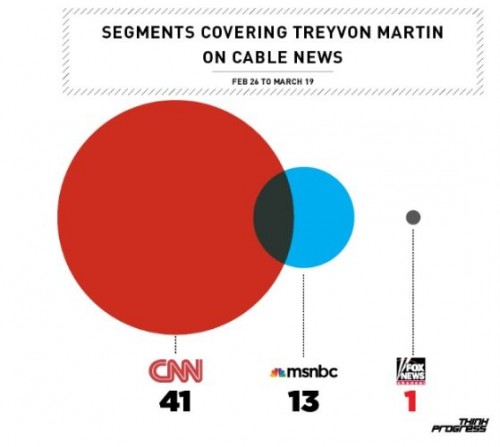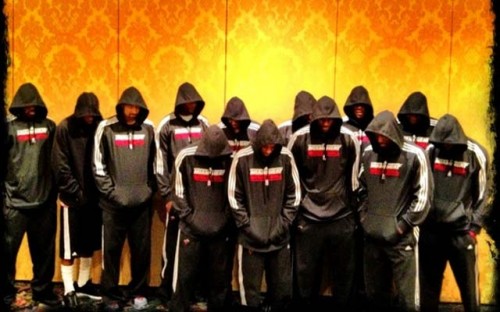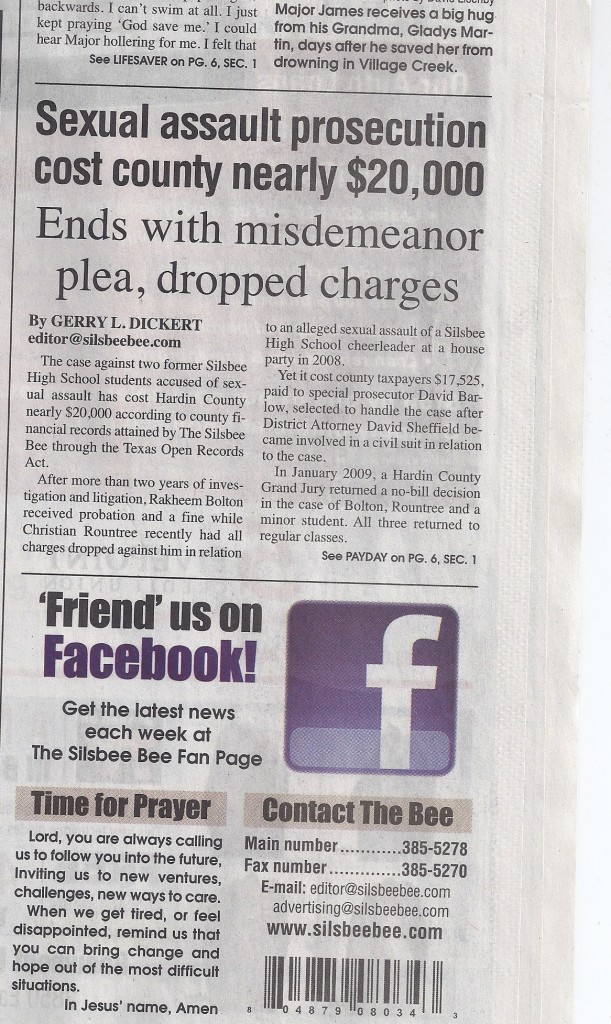Today’s post marks the third time that we’ve highlighted a fashion-related appropriation of homelessness. We saw it on America’s Next Top Model and in a catwalk show for a Vivienne Westwood collection. This time it’s a fashion editorial in Vogue Germany in which a model poses as a “bag lady.” Thanks to Ann Marie N. for sending it in.
When homelessness is made into a fashion object, it trivializes the pain and suffering of the homeless, transporting the issue into “something hip adopted by the beautiful people.” Dressing like a “bag lady” can only be understood as fashionable when it’s a purposeful choice. As I wrote in a previous post about the topic, “actual homeless people are not and never will be ‘fashionable’ in this sense; they will always simply be homeless.”
Or, as Judith Williamson was quoted saying on Threadbared (a sociology and fashion blog):
It is currently “in” for the young and well-fed to go around in torn rags, but not for tramps to do so. In other words, the appropriation of other people’s dress is fashionable provided it is perfectly clear that you are, in fact, different from whoever would normally wear such clothes.
So, while the appropriation of homelessness in the fashion industry may look like an homage, really it’s just a way to further marginalize and “other” the actual homeless. It’s a way for fashionable people to demonstrate difference from, not similarity to, actual homeless people.
For the same phenomenon with race and people from post-colonial countries, also see: whiteness in fashion, non-whites as fashion props, black bodies as props, exotification of people and places in fashion, Orthodox Jew-inspired fashion show, and exoticizing India in Vogue UK.
Lisa Wade, PhD is an Associate Professor at Tulane University. She is the author of American Hookup, a book about college sexual culture; a textbook about gender; and a forthcoming introductory text: Terrible Magnificent Sociology. You can follow her on Twitter and Instagram.










